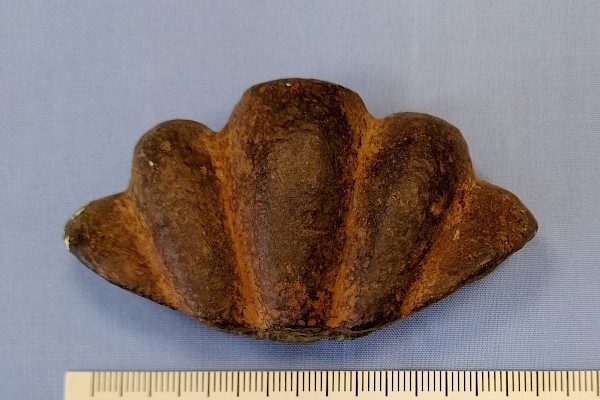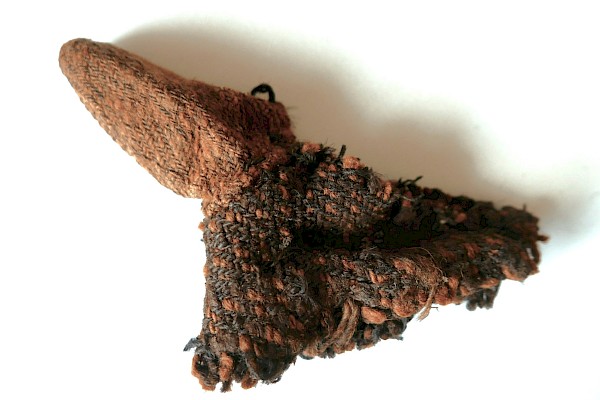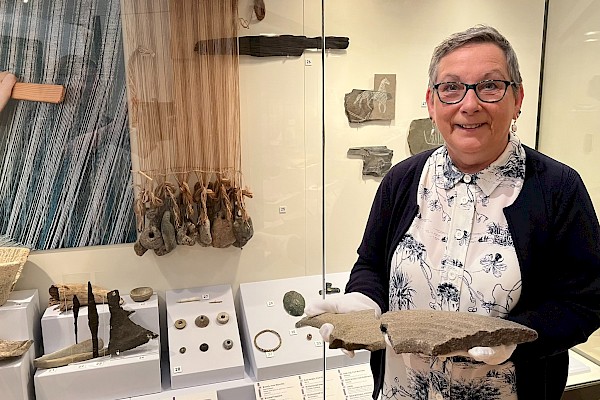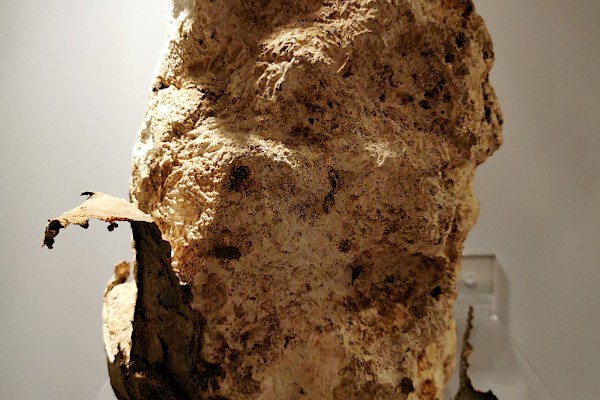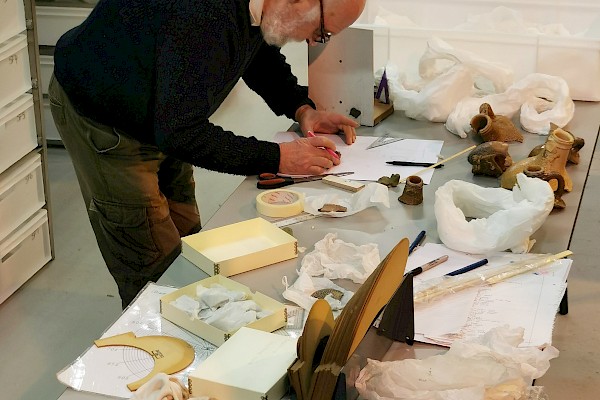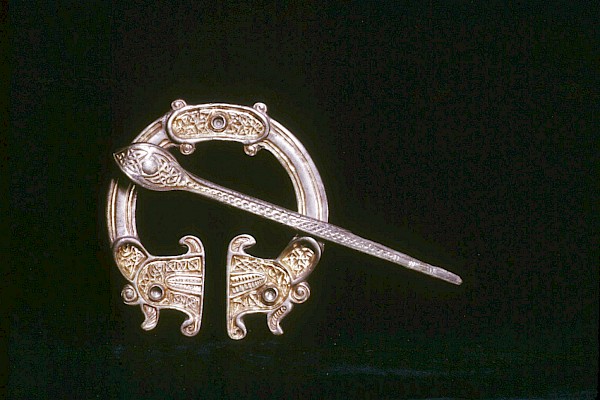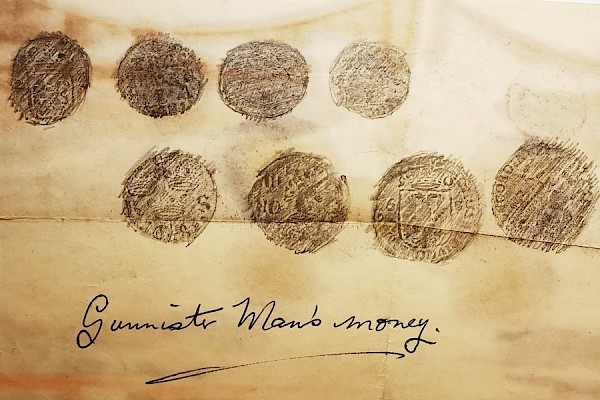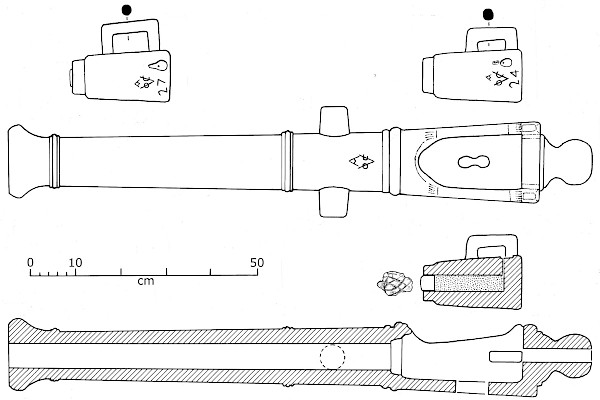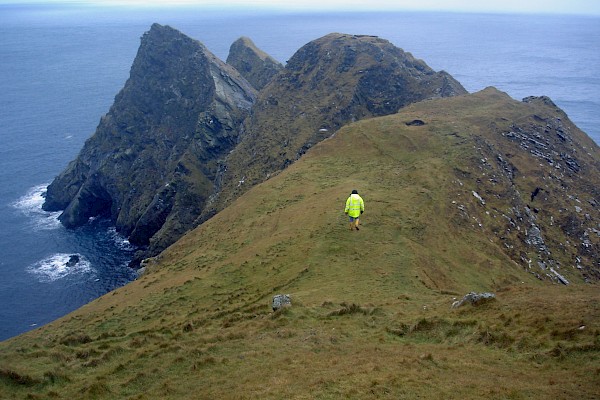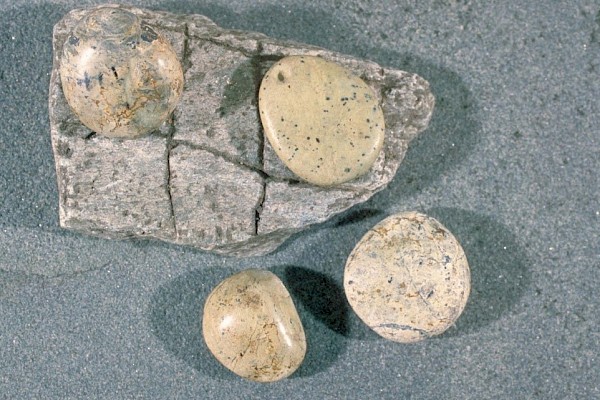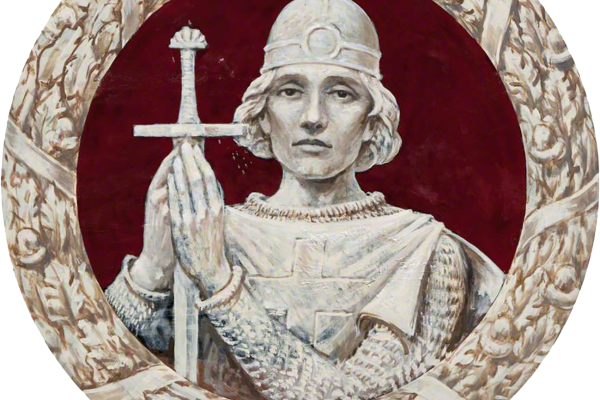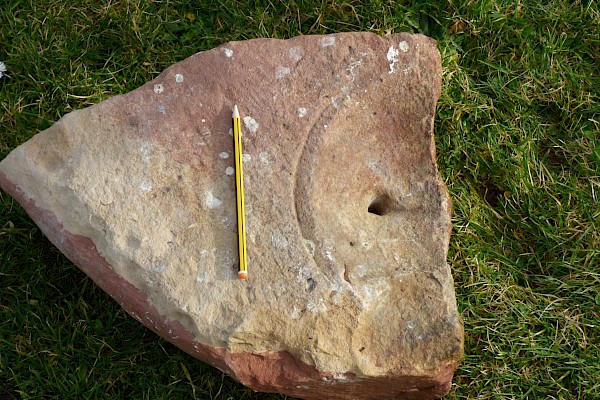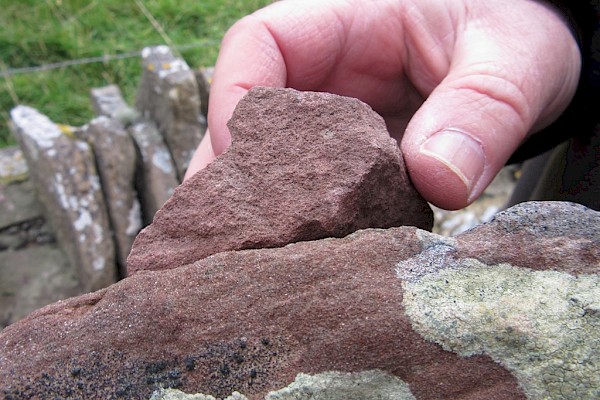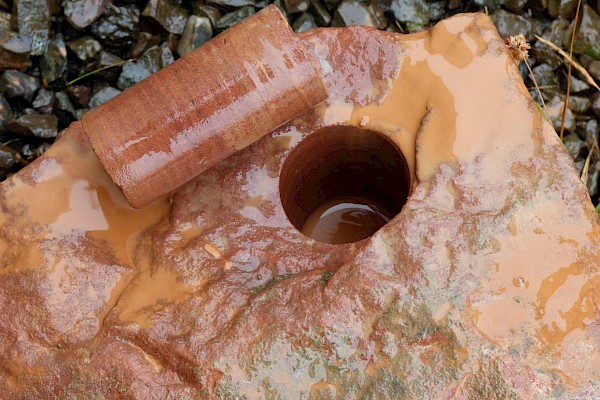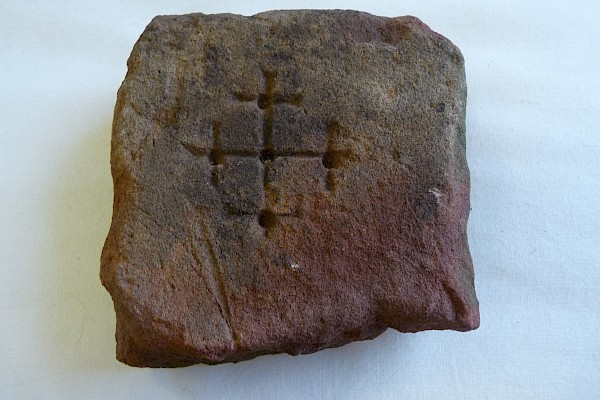Shipwrecks in Shetland Part 1
Diving into the past Shetland’s Historic Shipwreck Collections. (Part 1) Shetland has some fascinating historic wreck sites and the remains greatly enhance our knowledge and understanding of international trade routes, manufacturing and personal tastes. In this first of two blog posts, maritime archaeologist Dr Paula Martin uncovers some of the stories behind the objects which are held in Shetland’s shipwreck collections.
Among the many interesting objects on display in the Shetland Museum, one case concentrates on material salvaged from historic shipwrecks. These are ships which hit the rocky coast on their way from somewhere else to somewhere else, so why are they of interest to Shetlanders?
There are many shipwreck items in the collection that are not on display. Some came from archaeological excavations, but some from commercial and casual salvage. Much salvaged material was sold at auction - and is dispersed among collectors so not available for study. What survives in Shetland Museum, however, can tell us much about global trade, early manufacturing processes, and personal tastes. Commercial salvors may have removed the ‘treasure’, but there is more human interest in trade goods, personal items, and the tools required for working and navigating large ships on long voyages.
The Dutch East India Company was rich and highly organised (https://theculturetrip.com/europe/the-netherlands/articles/a-brief-history-of-the-dutch-east-india-company/ or https://www.thoughtco.com/the-dutch-east-india-company-1434566). One of its ships, Kennemerland, was wrecked outside the south mouth of the harbour of Out Skerries on its outward journey to Batavia (modern Jakarta, Indonesia). It carried an official cargo of money to pay for the return cargo of spices. All this was salvaged soon after the ship was wrecked. It also carried, as paying ballast, little yellow bricks with which to build houses for the colonists. Batavia was being built just like a Dutch town, including canals, but this was not a good idea because they proved a congenial environment for crocodiles.
In addition to the official cargo, each crew member could bring a box containing goods to sell for their own profit. Much of what survives in the Museum comes from such boxes. This wreck was excavated by archaeologists between 1971 and 1987, but has not been studied since.
In late 2019 maritime archaeologist Paula Martin helped Curator of Collections Jenny Murray to assess and re-box all the material from Kennemerland. As a result, the assemblage is now packed more safely, more easily available to researchers, and we learned more about the material.
Particularly interesting are the objects found in groups, suggesting they are personal trade goods rather than an individual’s possessions. Here are some examples.
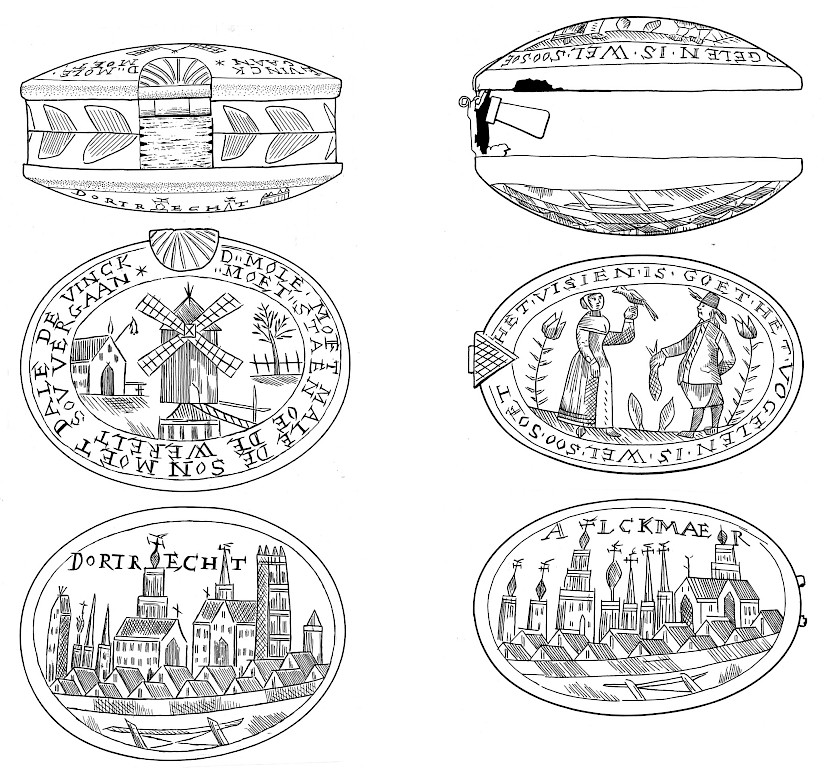
These brass tobacco boxes are engraved with views of towns, and scenes of courtship, or of drinking and smoking. Archaeologists draw objects as a way of recording and understanding them. As the boxes are of shiny metal they are hard to photograph, and drawings are easier to understand. The one on the left shows a windmill and the skyline of Alkmaar, while the one on the right has a text which translates roughly as “the fishing is good, and the birding is also good”. The word “bird” has the same double meaning in Dutch as it does in English!
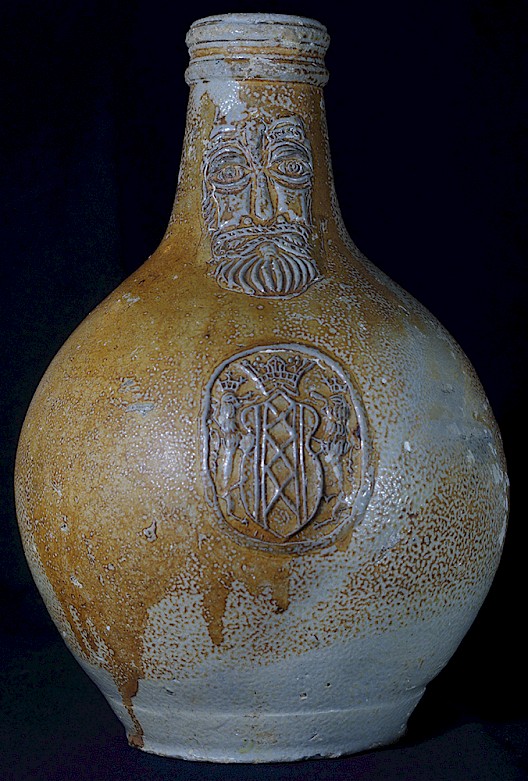
These jars were made at Frechen, in the Rhineland. They were tough, re-usable containers, often used for spirits. On Kennemerland, however, at least two held mercury, which would have been used in Batavia in the process of extracting silver from lead They had a bearded face-mask on the neck, and a rosette or coat of arms on the widest part. In this case it has the arms of the city of Amsterdam.
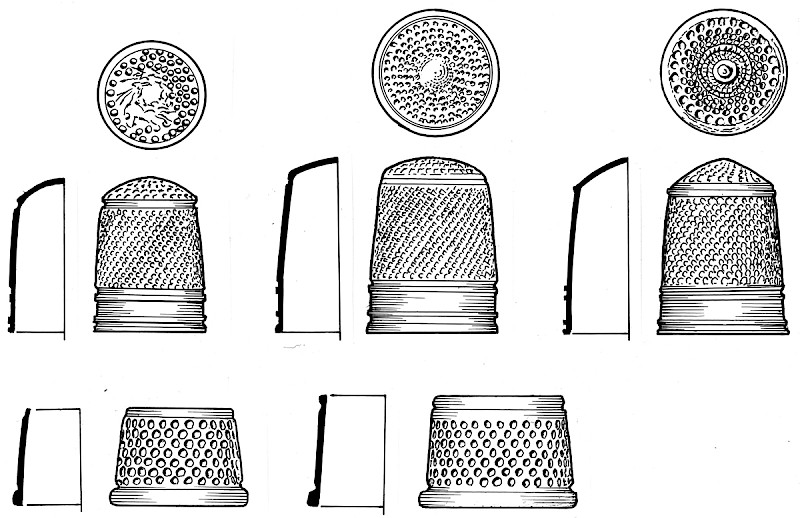
Two types of thimble were being carried for sale. One is the type with a rounded top, which we are familiar with, the other has an open top. While often described as sailmaker’ thimbles, they were used by tailors and cobblers as well.
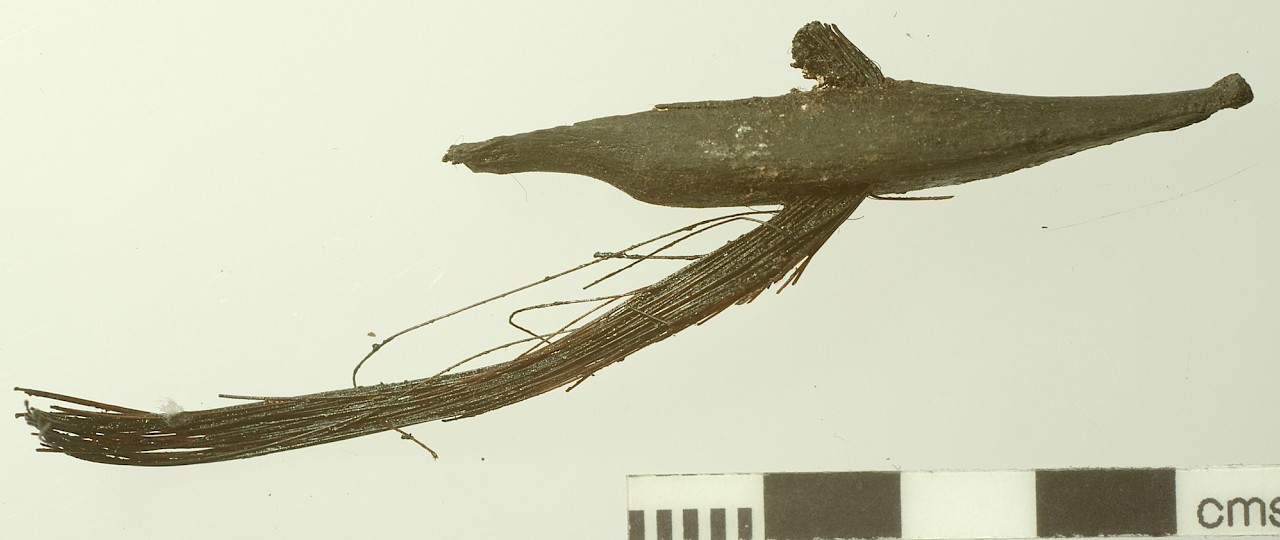
One item which did probably belong to a member of the crew is this end of a fiddle bow, complete with horsehair. Evidence for musical instruments is often found on shipwrecks, as music and dancing were regular pastimes of ship’s crews, particularly on long voyages.
The second blog post can be found here
